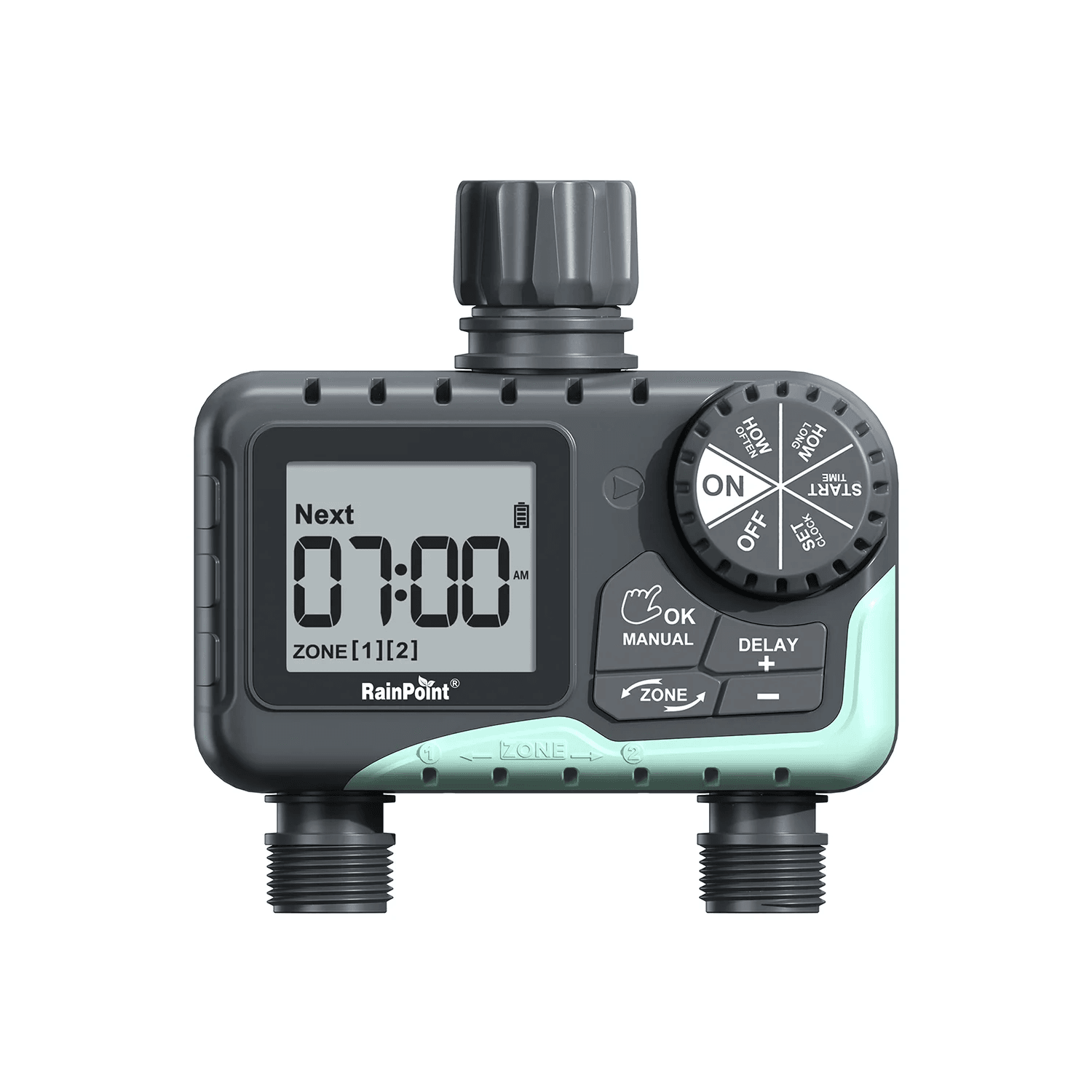Black Friday: A Comprehensive Overview

Strong 8k brings an ultra-HD IPTV experience to your living room and your pocket.
Black Friday has evolved into a major shopping phenomenon celebrated annually in many parts of the world. Originating in the United States, this shopping event has spread globally, drawing crowds eager to seize massive discounts on everything from electronics to clothing. As a crucial day for both consumers and retailers, Black Friday has its own history, uses, benefits, and downsides.
The Origins and History of Black Friday
Black Friday is celebrated the day after Thanksgiving in the United States, typically falling on the fourth Friday of November. It began in the 1960s in Philadelphia when police used the term to describe the chaos that ensued as people began shopping for holiday deals. Eventually, retailers transformed this day into a commercial opportunity, promoting heavy discounts and establishing Black Friday as the ultimate shopping event that officially kicks off the holiday season.
Uses of Black Friday
Black Friday serves multiple purposes, benefiting businesses, customers, and even entire economies. Some of its uses include:
Boosting Retail Sales: For retailers, Black Friday is one of the most profitable days of the year. Massive discounts and early store openings attract large numbers of consumers, allowing stores to move significant inventory and close their books for the year on a high note.
Clearing Out Old Inventory: Retailers use Black Friday as an opportunity to clear out older or excess inventory, especially in electronics, clothing, and home goods. By discounting these items, stores make room for new stock in the coming months.
Increasing Customer Loyalty: Retailers often use Black Friday to attract new customers and retain existing ones. With special promotions and deals, they hope to build loyalty, encouraging shoppers to return throughout the year.
Benefits of Black Friday
From financial advantages to community experiences, Black Friday provides benefits for both consumers and businesses:
For Shoppers
Significant Discounts: The biggest draw for customers is undoubtedly the substantial savings. Discounts on Black Friday can reach up to 80% on select items, providing a rare opportunity to purchase desired products at a fraction of their original prices.
Early Holiday Shopping: Black Friday allows customers to get a head start on holiday shopping. This timing not only helps consumers plan better but also minimizes last-minute rushes.
Access to Exclusive Products: Many brands release limited-edition items or products exclusive to Black Friday, adding a unique appeal to the shopping event.
For Retailers
Revenue Boost: For many businesses, Black Friday represents a significant percentage of annual revenue. The day’s popularity provides companies a chance to boost profits, especially small businesses that may not see such high sales otherwise.
Building Brand Awareness: By participating in Black Friday, businesses can reach a wider audience. The publicity generated from special deals can enhance brand visibility and drive future sales.
For the Economy
Economic Stimulation: Black Friday encourages consumer spending, which helps stimulate the economy. Increased sales benefit not only retailers but also the logistics, warehousing, and advertising sectors involved in Black Friday promotions.
Disadvantages of Black Friday
Despite its popularity, Black Friday comes with several drawbacks that affect consumers, businesses, and the environment.
For Shoppers
Pressure to Spend: The promise of deep discounts can create a sense of urgency, leading people to make impulsive purchases they might later regret.
Long Wait Times and Crowds: In physical stores, Black Friday can mean dealing with long lines and overcrowded spaces, which can be stressful and even unsafe at times.
Product Quality Concerns: Sometimes, retailers focus on selling lower-quality or older models during Black Friday. Consumers may end up buying products that lack the latest features or warranties.
For Retailers
Intense Competition: The sheer number of businesses competing for consumer attention during Black Friday can make it challenging for smaller retailers to stand out.
Reduced Profit Margins: While Black Friday drives sales, the deep discounts also cut into profit margins. Some smaller businesses struggle to compete with the low prices offered by major retailers.
Increased Staffing Costs: With increased store traffic comes the need for additional staff, often leading to higher operational costs. Businesses may also extend hours, which adds to expenses.
For the Environment
Waste Generation: Black Friday shopping generates significant waste, from packaging materials to discarded products. Increased consumption during this period contributes to pollution and environmental degradation.
Carbon Footprint of Deliveries: The rise of online shopping on Black Friday has led to a surge in delivery demands, increasing the carbon footprint due to shipping and logistics. Faster shipping options, such as same-day or next-day deliveries, further amplify this impact.
How to Make the Most of Black Friday
To make the most out of Black Friday without overspending or becoming overwhelmed, here are some helpful tips:
Plan Ahead: Research in advance and create a list of the products you want to buy, so you’re less likely to make impulsive purchases.
Set a Budget: Establishing a spending limit will help prevent overspending. Consider prioritizing essential items or planned gifts.
Compare Prices: Use online comparison tools to check if you're getting the best price available. Many retailers start offering early deals, so monitoring prices can help secure good discounts without waiting for Black Friday itself.
Focus on Reputable Retailers: Stick to well-known brands and trusted retailers to avoid falling for scams or ending up with counterfeit products.
Conclusion
Black Friday has transformed from a uniquely American shopping event to a global celebration of discounts and deals. While it offers many benefits, such as savings opportunities for shoppers and revenue boosts for businesses, there are also drawbacks like high pressure on consumers, environmental concerns, and sometimes aggressive shopping conditions. With careful planning, shoppers can navigate Black Friday successfully, making the most of its benefits while minimizing potential downsides. As this event continues to evolve, it remains a powerful example of the complexities of modern consumer culture.
Note: IndiBlogHub features both user-submitted and editorial content. We do not verify third-party contributions. Read our Disclaimer and Privacy Policyfor details.







